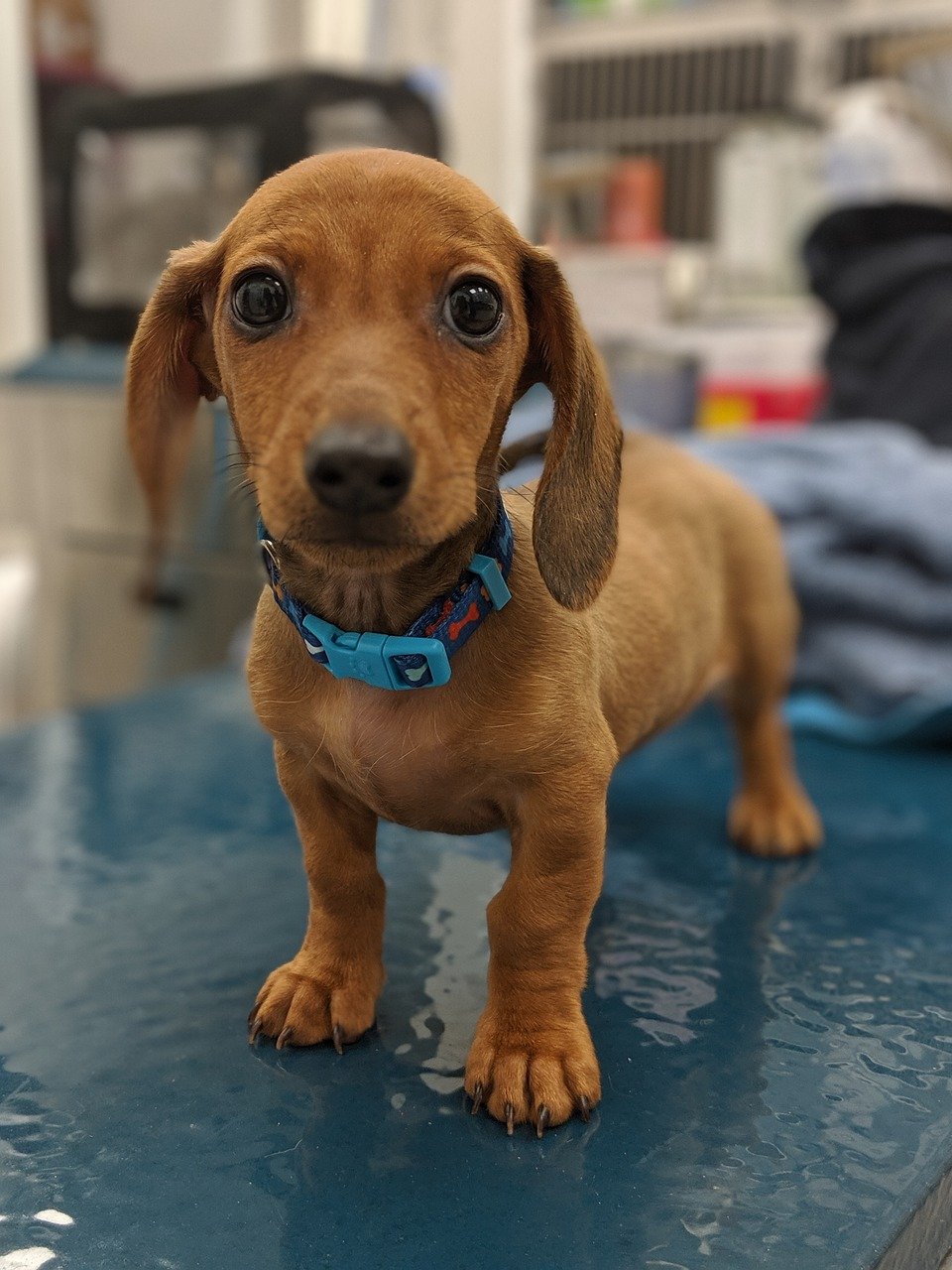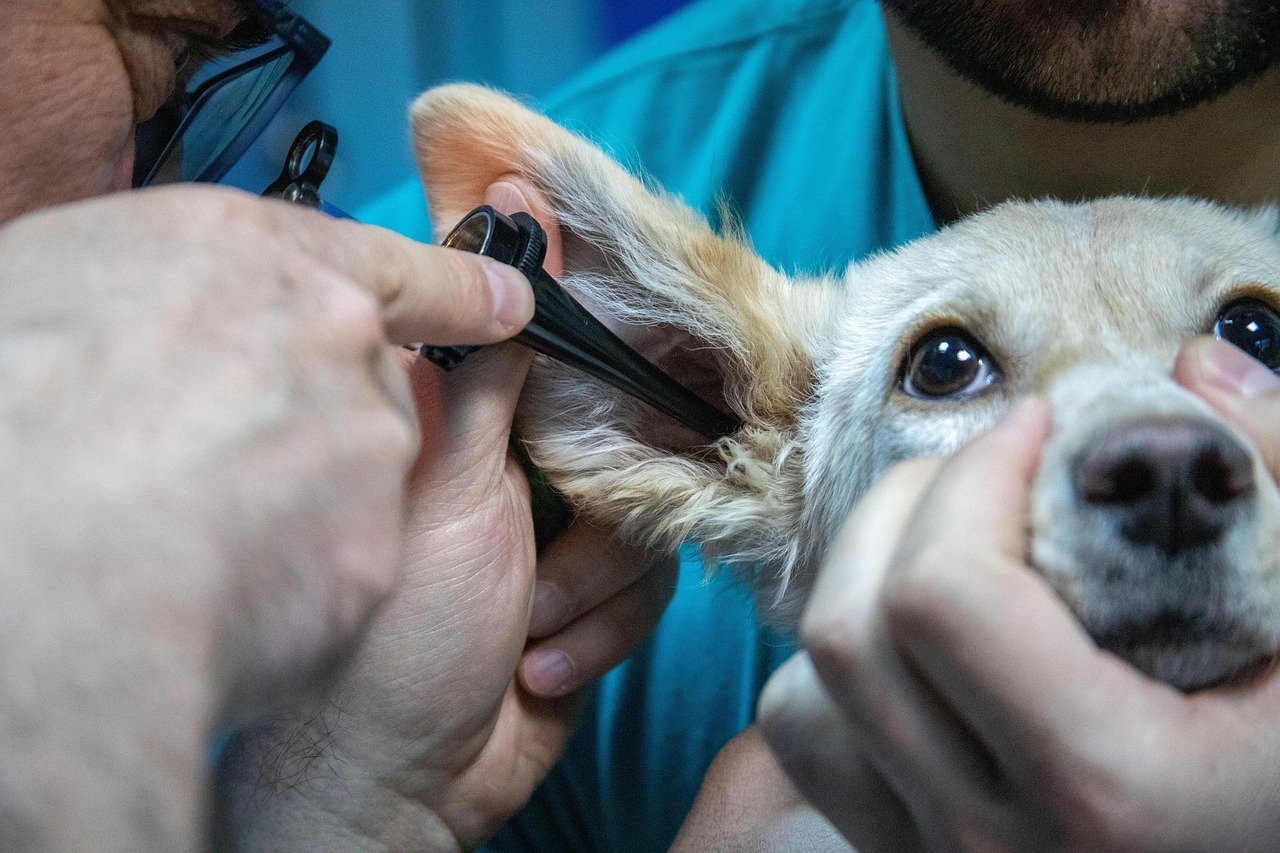Have you ever gazed into the soulful eyes of a puppy and felt your heart melt? It’s a moment that changes lives—after all, dogs become cherished family members. But as magical as adopting a dog feels, it can also bring unexpected financial headaches if you’re not prepared. Many dog lovers, swept up by excitement and love, overlook key costs and fall into money traps that can turn joy into stress. From skipping insurance to underestimating long-term care, these mistakes can sneak up and bite—often when you least expect it. Let’s explore the most common financial missteps pet owners make when welcoming a furry friend, so you and your pup can enjoy a happy, secure future together.
Underestimating Start-Up Costs
Bringing a dog into your life is an exciting and heartwarming decision—but it’s also one that comes with financial responsibility. Many new pet owners dive into adoption with the best intentions, only to discover unexpected costs that strain their budget. From underestimating vet bills to overlooking long-term care expenses, financial missteps can quickly turn a joyful experience into a stressful one.
Welcoming a dog into your home is thrilling, but many people don’t realize just how expensive those first days can be. It’s not just about the adoption fee—there’s a whole shopping list of essentials. New owners often forget about the cost of a sturdy leash, a comfy bed, secure crate, water and food bowls, toys, grooming supplies, and even an initial batch of high-quality food. Then there’s the first vet check, vaccinations, microchipping, and sometimes spaying or neutering. These costs add up fast, sometimes reaching hundreds of dollars before your new companion even settles in. Skipping this planning can leave you scrambling to cover bills, putting pressure on your finances and your relationship with your new dog.
Ignoring the Reality of Ongoing Expenses
It’s easy to focus on the excitement of adoption and overlook the fact that dogs require care for their entire lives. The monthly cost of quality food, routine vet visits, grooming, and flea or tick prevention can quickly eat into your budget. Some breeds need more frequent grooming or specialized diets, which further increases the bill. Even the most basic care involves recurring expenses that don’t go away. If you don’t account for these ongoing costs from the start, you might find yourself having to cut corners, which can affect your dog’s health and happiness. Planning ahead means you can provide the best care without financial stress.
Skipping Pet Insurance

Some pet owners see insurance as an unnecessary luxury, but vet emergencies can be shockingly expensive. Accidents, illnesses, or chronic conditions can result in bills running into the thousands. Without insurance, many people are forced to make heartbreaking decisions or take on debt to save their beloved pet. Pet insurance can help cover major unexpected costs, giving you peace of mind and protecting your financial stability. Skipping this step might seem like a good way to save at first, but it can be a devastating mistake if an emergency strikes. Investing in a good policy early on can truly be a lifesaver for both you and your dog.
Overlooking Emergency Funds for Pets
Life with dogs can be unpredictable. A swallowed sock, sudden limp, or mysterious illness can appear out of nowhere, leading to urgent trips to the vet. Yet, many new pet owners don’t set aside a special emergency fund for their furry friends. This oversight can mean dipping into savings meant for other priorities or running up credit card debt when something goes wrong. Having a dedicated pet emergency fund, even a modest one, can make all the difference in a crisis. It ensures you can cover unexpected costs without panic, making it easier to focus on your dog’s recovery rather than your dwindling bank balance.
Buying Cheap Food and Supplies
It’s tempting to save money by choosing bargain brands of food or budget supplies, but this approach can backfire. Cheap dog food often lacks the nutrition your pet needs to thrive, leading to health problems and more vet visits in the long run. Low-quality toys, beds, or leashes might break easily, putting your dog at risk or requiring frequent replacements. Investing in quality food and well-made supplies not only keeps your dog healthier but also saves money over time by reducing medical bills and replacement costs. Think of it like buying good shoes—spending a bit more upfront means fewer headaches (and sore paws) down the road.
Failing to Budget for Training and Socialization
A well-behaved dog doesn’t happen by accident—it takes time, patience, and often, professional help. Many new owners overlook the cost of obedience classes, private training sessions, or socialization groups. Without proper training, dogs can develop behavioral issues that lead to property damage, injuries, or even legal trouble. The expenses from chewed furniture, neighbor complaints, or accidental bites can be far greater than the cost of a reputable trainer. Setting aside funds for training helps ensure your dog grows into a happy, balanced companion and avoids costly mistakes that could have been prevented.
Neglecting Routine Preventive Care

Prevention is always cheaper than cure, yet some owners skip routine vet visits or regular treatments to save money. Skipping annual check-ups, vaccinations, or flea and heartworm prevention can leave your dog vulnerable to serious illnesses. Treating diseases like parvovirus, heartworm, or tick-borne illnesses can be financially devastating—and sometimes fatal for your pet. Regular preventive care keeps your dog healthier for longer and catches problems early when they’re easier and cheaper to treat. Overlooking these routine steps can turn a manageable situation into a costly emergency.
Forgetting About Long-Term Commitments and Lifestyle Changes

Adopting a dog isn’t just a short-term expense; it’s a long-term commitment, often lasting 10 to 15 years or more. Many people forget to account for changes in their own lives—moving to a pet-friendly home, traveling, or accommodating aging pets with special needs. Boarding, dog-sitting, and travel arrangements can quickly add up. As dogs grow older, medical needs often increase, and you may need to budget for mobility aids, medications, or special diets. Failing to plan for these changes can put both your finances and your dog’s well-being at risk, turning what should be a joyful journey into a stressful one.
Adopting a dog is a rewarding journey, but it comes with real financial responsibilities that can’t be ignored. By steering clear of these eight common money mistakes—like skipping pet insurance, ignoring long-term costs, or impulse buying—you’re not just protecting your wallet; you’re ensuring your dog gets the care and stability they deserve. A little planning goes a long way in making dog ownership not only joyful but sustainable. With smart budgeting and informed choices, you’ll be set up for a happy, healthy life together.

Esther is from India; the heartbeat of South Asia, holding a Master’s degree in Zoology and a postgraduate diploma in Animal Welfare. Her enthusiasm for animal welfare drives her passion and dedication to working for animals, ensuring their well-being, and advocating for their rights. With a solid academic background and hands-on experience, she is committed to making a positive impact in the field of animal welfare. In her free time, she enjoys embroidery and sewing. As a Chennaite from Tamil Nadu, Esther loves Bharathanatyam, an Indian classical dance form.





